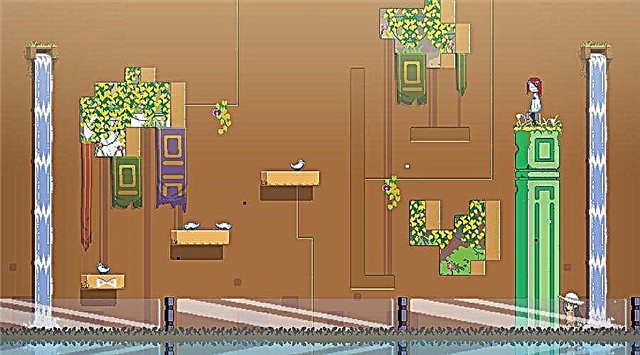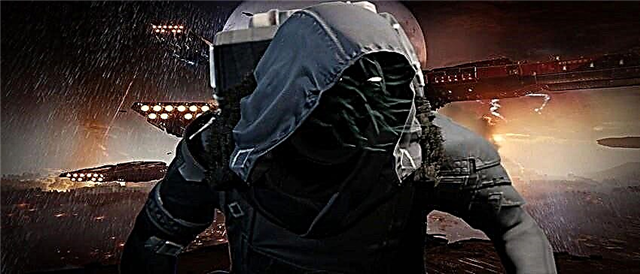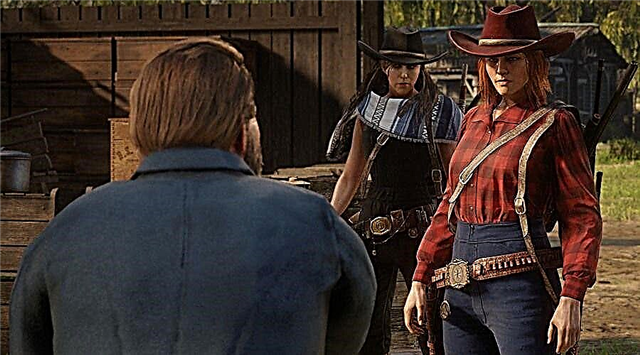Find out how to create a classic 442 tactic in Football Manager 21, what difficulties await you, what you need to do to complete the goal, read in our guide.
Of course, there are many options for implementing the 442 formation in Football Manager 21. In this list, we will look at two separate styles: an attacking flank system of the game and a more defensive counter-attack. It is important to note that the information below should be used as a general guide and not as a copy, as managers need to be flexible and make changes depending on the squad and opponent.
How to create a classic 442 tactic in Football Manager 21
The 442 formation is one of the most effective and common in football. Here are some tips on how to get the most out of it.
8. Figure 1 - flank play (attack)
As the name suggests, the wing system is designed to attack predominantly down the flanks, with wingers and full-backs moving up the field when in possession of the ball. This system was used extensively by Sir Alex Ferguson's Manchester United team, who impressed teams with their pace and/or ability to get into the box from wide areas thanks to the likes of Ronaldo, Giggs, Beckham, Neville and Evra.
Due to the lack of center players, it is recommended that at least one striker act as a defensive midfielder and fall back to the 10th position if necessary. The picture above shows a deep-lying forward with a defensive role, although you can choose other options, such as Target Man or Pressing Forward. As already mentioned, the choice of the optimal role depends on the strengths and weaknesses of the team and the upcoming confrontation.
In the picture above, the mentality is set to "Balanced", but it might be worth changing it to "Positive" or even "Attacking" if you are confident in the team's chances.
7. In possession - flank play
In order to instill a flank style of play, it is important to play with a very wide width and teach players to focus on playing on the sides of the field. Telling the flankers to overlap each other is also key to flank play, as otherwise the flankers will remain isolated and can easily get into the opposing double team. The team was also instructed to play defensively, although this should only be used if experienced centre-backs are playing to avoid dangerous turns.
The "Final Third" section was left blank, as it is very dependent on the ability of the team. Hitting early crosses are often a good choice for a flank style of play, although the style of the cross should change frequently depending on the forwards coming into the box. Creative freedom is another section that should be changed depending on the needs of the team. Ideally, managers want to play in the "Be more expressive" style, but this should only be used if they are confident in their abilities, otherwise there will be constant interceptions of the ball.
6. In transition - flank play
When Possession is Lost" is left blank, although this is intentional and not just that. In keeping with the style's offensive ideology, Regroup is overly defensive, as it puts most of the players behind the ball, making it difficult to attack effectively. As such, it might seem like a natural alternative counter-pressing, although this is very risky in the 442 formation, as a good team can beat the pressing with a few passes and exploit the lack of players in the central midfield.
Counter-attacking is a great option to play when possession is won, as two strikers paired with two wingers can be devastating in a counter-attack when the opposition is open.
Distribute To Centre-Backs was chosen to match the style of this model, although like the previous Play Out Of Defense instruction, it should be removed if players are not up to the task.
5. Out of possession - flank play
The above form may seem quite defensive for an offensive style, but it is necessary to avoid overloading in midfield. The line of attack has been lowered to be more compact in relation to the line of defense to ensure that attackers move back, creating a more compact unit. This is to give the defense more stability in the midfield, which is potentially weak due to the 442 formation having only two players in the center of midfield.
4. Figure 2 - counterattack (defense)
For a more defensive variant of the 442, it is worth placing one of the wingers in the "wide midfield" position to provide more solidity in the center of midfield. To reinforce this idea, a player could be given a narrower setup, allowing him to often pull inward, creating a trio in central midfield if necessary.
The deep-lying forward remained in this style, but the other forward was switched to a pressure forward to provide more defensive assistance.
The mentality has been set to "Cautious" as this counterattacking style is meant to be played against a strong opposing team that is the favorite to win the match.
3. In possession - counterattack
The most notable change in this style is the significant difference in field width. The reason for this is that a defensively oriented team must be wary of the opposition's counterattacks. If the attacking width is set to very wide, as in the aforementioned flank style of play, then the team will be very vulnerable to losing the ball, with no cover in the center of the field, which can lead to opposition counterattacks.
Playing defensively is another tactic that has been changed. This is because when playing against a strong team that is likely to hunt defenders like a shark, there is significant risk in trying to pass the ball past the defense.
2. In transition - counterattack
Not surprisingly, the "Counter" tactic is the main choice when playing in a counter-attacking style. Distributing quickly is also a good option, as a well-distributed keeper can start a counterattack with a well-placed shot or shot.
Distribute by Zone/Player and Distribution Type have been left blank as they are very dependent on the team's players. Spreading across the opposition's defense is a great option if they fit, as a good pass from the goalkeeper to a fast attacker can be a great way to counterattack.
1. Out of possession - counterattack
In keeping with the defensive ideology of this style, the team was set up for a compact defense when out of possession, with a very low line and narrow width of the defense, which would create a solid unit that is very difficult to break. It's worth noting that this is roughly the limit of how defensive a team should be, so when looking for a goal, changes should be made to push the lanes higher.
And that's all there is to know about how to create a classic 442 tactic in Football Manager 21.











